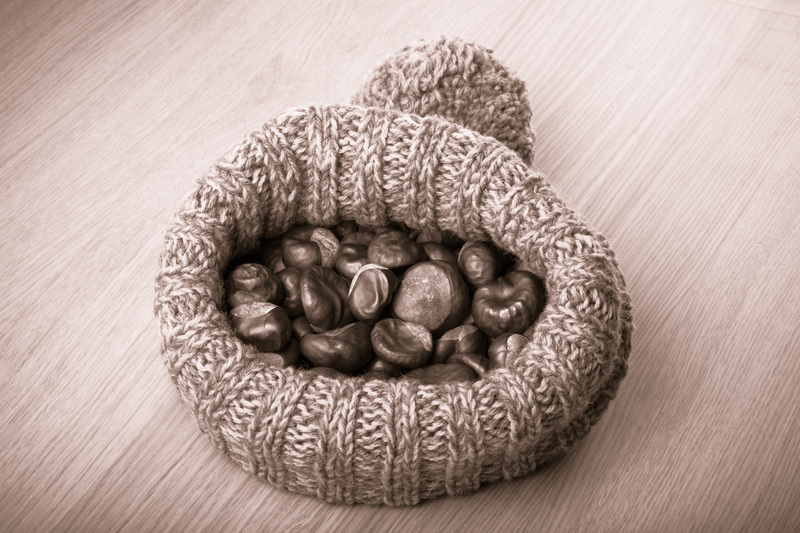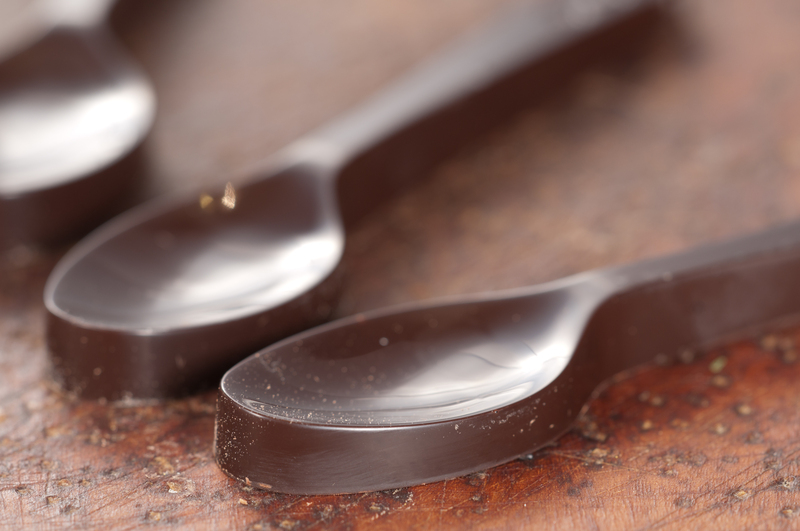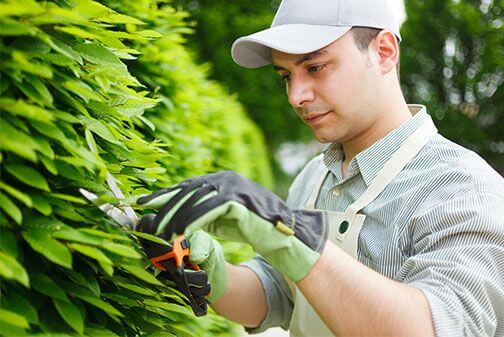From Treats to Trash: How to Responsibly Dispose of Easter Egg Packaging
Posted on 19/01/2025
Easter is a time of celebration, family gatherings, and indulging in sweet treats. But once all the colorful eggs have been found and devoured, what do you do with the packaging? The answer may seem simple - throw it in the trash. However, as we become more aware of our impact on the environment, it's important to consider responsible ways to dispose of Easter egg packaging. In this article, we will explore the different types of packaging commonly used for Easter eggs and how to properly recycle or repurpose them.
Types of Packaging
First, let's take a look at the different types of packaging that are used for Easter eggs. The most common ones include plastic, foil, and paper.
Plastic packaging is often used for individual chocolate eggs or smaller egg-shaped candies. It is usually made from PET (polyethylene terephthalate) or PVC (polyvinyl chloride) plastic and can be recycled through most curbside recycling programs. However, it's important to note that not all plastics are created equal and some may require special instructions for recycling. Check with your local recycling center for specific guidelines.
Foil packaging is typically used for larger chocolate eggs or as a decorative wrap around smaller eggs. It is made from aluminum foil and can also be recycled through most curbside programs. However, make sure to rinse off any excess chocolate before recycling to avoid contamination.
Paper packaging is often used for hollow cardboard eggs and can also be found as wrapping around chocolate eggs. It is easily recyclable through curbside programs and can also be repurposed for crafts or composted.

Responsible Disposal Methods
Once you have identified the type of packaging your Easter eggs came in, it's time to decide on the best method of disposal.
For plastic packaging, make sure to rinse off any remaining candy residue before placing it in your recycling bin. This ensures that the plastic can be properly processed and doesn't contaminate other recyclables.
Foil packaging should also be rinsed before recycling. You can also scrunch it into a ball to save space in your recycling bin. Some areas may also have drop-off locations specifically for foil recycling, so check with your local recycling center for more information.
Paper packaging, on the other hand, can be easily recycled or repurposed. If you choose to repurpose it, consider using it for arts and crafts projects with your kids, or shred it and add it to your compost pile.
Tips for Responsible Easter Egg Packaging Disposal
1. Reduce: Consider purchasing Easter eggs with minimal packaging or opting for homemade Easter treats that don't require any packaging at all.
2. Reuse: Instead of throwing away plastic egg cartons, wash them out and use them for storage or crafts. You can also reuse foil or paper packaging for gift wrapping or as decoration for future Easter celebrations.
3. Recycle: As mentioned before, most Easter egg packaging can be recycled through curbside programs. However, if you are unsure about the recyclability of a specific type of packaging, always check with your local recycling center first.

Takeaways
When it comes to responsible disposal of Easter egg packaging, the key is to reduce, reuse, and recycle. By being mindful of the materials used for packaging and following proper disposal methods, we can reduce our environmental impact and create a more sustainable future.
Pros and Cons of Different Types of Easter Egg Packaging
- Pros: Plastic packaging is lightweight, durable, and easily recyclable. Foil packaging adds a festive touch to Easter treats and is also highly recyclable. Paper packaging is biodegradable and can be easily recycled or repurposed.
- Cons: Plastic packaging can contribute to plastic pollution if not properly disposed of. Foil packaging may not be accepted by all curbside recycling programs due to its small size. Paper packaging, although easily recyclable, still requires energy and resources to produce.
In conclusion, responsible disposal of Easter egg packaging may seem like a small task but it can make a big difference in reducing our impact on the environment. By following these tips and being mindful of the materials used, we can all do our part in creating a cleaner, healthier planet for future generations. Happy Easter!










